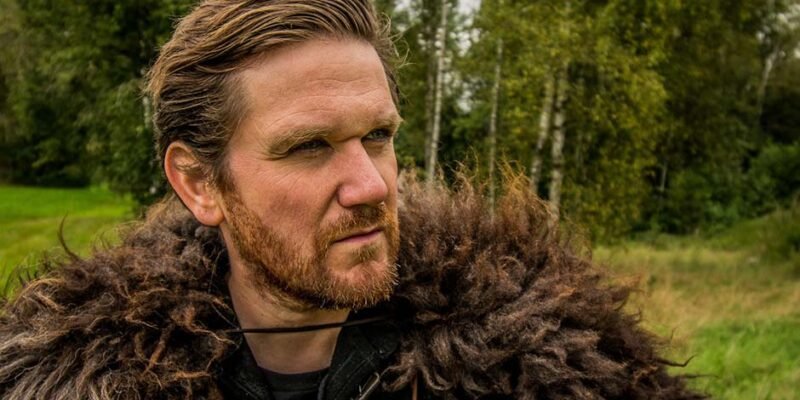In 1100 CE, more than 2 million Vikings were walking the Earth.
Most of the Vikings come from Norway, Denmark, and parts of Sweden. This culture was known for its ruthless raids, exploration, and trading. Although they are often depicted in films and shows, people don’t know much about their true ways of life.
Learning more about Viking history can help you discover things about your ancestors or favorite characters. Read below to discover uncommon facts about Vikings!
1. Horned Helmets Weren’t Popular
One of the most shocking facts about the Vikings is that they didn’t wear horned helmets.
Many people picture the metal helmets with horns pointing out on each side. They are often included in paintings, films, and costumes.
Records indicate, however, that these weren’t as popular as people believed them to be. Although historians have found metal headgear and helmets dating back to the age of the Vikings, they didn’t have horns.
During the 19th century, European artists began incorporating horns. Germanic and Nordic people wore horned helmets around this time, which could have led to the misconception that Vikings started the trend.
Women and men typically wore hair pieces in their braids. Look at the Viking hair accessories found here to incorporate their style into your appearance.
2. Hygiene Was a Priority
Movies and shows often display the Vikings as ruthless, powerful, and somewhat dirty people.
Between conquering villages and caring for their own, you’d imagine they didn’t have time to maintain hygiene. Contrary to popular belief, the Vikings were cleaner than many other civilizations.
Vikings are known for growing out their hair and beards. Evidence shows they were using tweezers, razors, and other grooming tools to keep a fresh look. They often carved bones into ear cleaners and combs and would take weekly showers.
Both men and women would get their hair braided, which became an iconic look for the Vikings. Since they bathed more often in the natural springs, they didn’t get as sick as some of the European civilizations.
3. Women Had More Rights than Most
Around the time that Vikings came into the picture, women around the world didn’t have many rights.
The Vikings could be viewed as a progressive group, as they gave more basic rights to their women than other cultures. These women had the right to buy and sell property, along with filing for a divorce.
It’s important to note, however, these same women could be married off at the young age of 12. It was common for families to negotiate marriage terms but they gave the women a choice in some cases. Fortunately, if they wanted out of the marriage, they could ask for a divorce.
With a stronger presence, women could benefit the community and get involved with community decisions. Unfortunately, the male voice always held the most value.
4. They Relied on Farming
If you picture the Vikings as restless hunters, always looking for more, you’re imagining the Hollywood version.
Viking men often spent their time tending to the gardens, trying to grow instead of take. Rye, oats, and barley were often planted on the farms and the animals helped maintain the land. Vikings kept sheep, pigs, goats, and cattle for food and labor purposes.
Most families had their own farms since they only yielded a harvest for a few people. The majority of their land was in the countryside, which gave ideal conditions for growth. On the outskirts of the country and near mountains, fishing was more common.
Vikings were resourceful people, whether they were in a coastal or rural area. There weren’t many cities at the time, so people had to live off of their land, rather than visit the market.
Archaeological evidence shows they used tools and animals for farming. They made the most of the land, wherever they went and often sought new places to grow. Some Viking tribes had luck on the islands while others sailed the seas looking for larger places to settle.
Settling became more popular once the Vikings did it because they were farming. Farming required them to tend to the land year-round, and they could explore as often.
5. Vikings Didn’t Recognize Each Other
People use the term “Vikings” to refer to a diverse group that never unified.
Many types of Scandanavians are considered to be Vikings, however, they never used this terminology. There wasn’t a single look or group that ever unified as the Vikings, primarily because they were so spread out across the countries.
Vikings could be found in the country, and some were on the open seas, looking for other land. There were countless tribes at the peak of their population, and most of the names of them are foreign.
If you’re researching Vikings, you can identify the specific tribes. Learning about each one will help you discover diverse traditions and fashion styles. There was simply too much land and diversity to cover, which is why Vikings encompass them all.
Don’t Sleep on These Facts About Vikings
Learning facts about Vikings can help you better understand a group that’s often misrepresented.
Vikings are known for a lot of things, like being hunters and unified or wearing horned helmets. These misconceptions have made much of the Viking culture unknown, but there is so much to discover about their history. Covering more than three countries, they focused on farming and protecting their families.
Take a look at our site to learn more about different cultures and how they’ve impacted the fashion and business industries!

















Comments